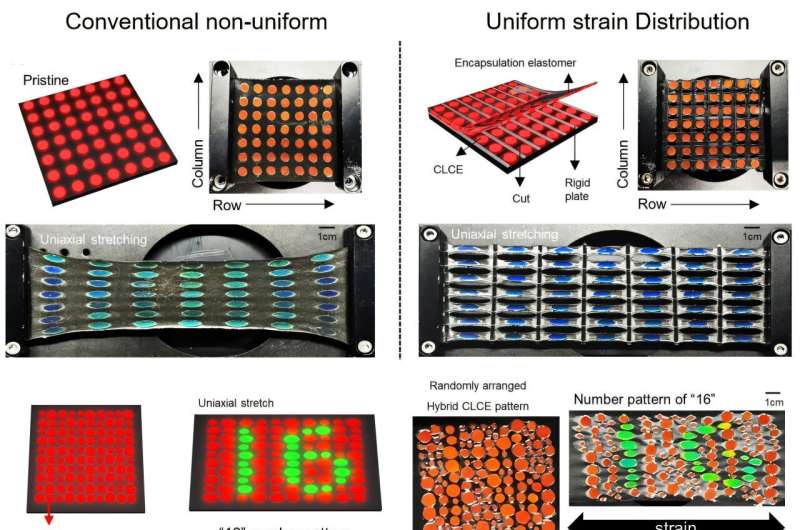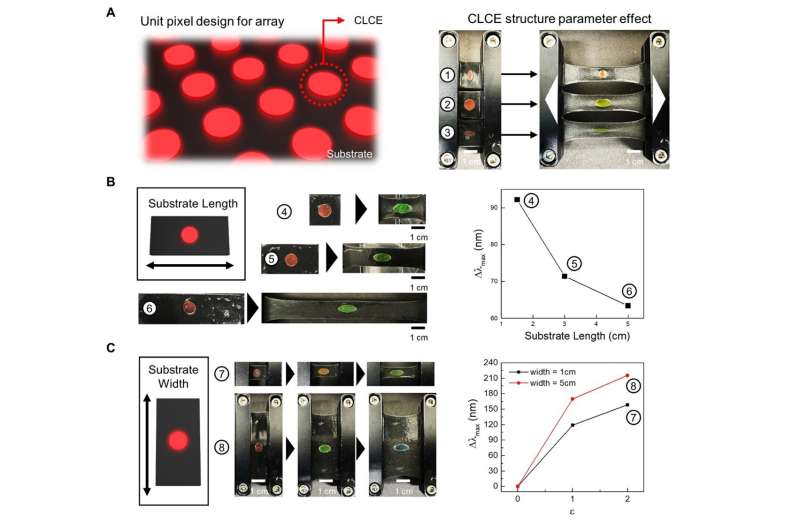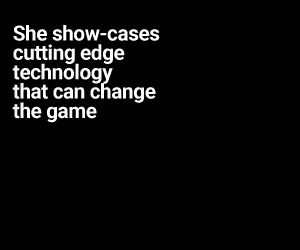A new display innovation solves a major hurdle in stretchable electronics—ensuring even pixel performance during expansion. Inspired by kirigami, this advancement promises flexible screens with enhanced durability, hidden patterns, and advanced security features.

In a major leap for flexible electronics, researchers at POSTECH (Pohang University of Science and Technology) have developed the world’s first technology that allows uniform stretching across multiple pixels in a stretchable display. Stretchable displays represent the next frontier in flexible devices, following foldable and rollable screens. These displays can physically expand and bend, ideal for wearables and skin-like electronics. However, ensuring even performance across multiple pixels has remained a challenge—until now.

Traditional stretchable displays rely on rigid components linked by serpentine connectors. While flexible, these designs limit stretch range, reduce pixel quality, and cause visual distortion when under stress. The POSTECH team instead employed an intrinsic approach, relying on naturally elastic materials such as silicone and rubber. The core problem: such materials stretch unevenly, with central pixels deforming more than the edges.
To solve this, the researchers took inspiration from kirigami, the Japanese art of paper cutting. By adding precise incision patterns to the stretchable base, they redistributed mechanical stress, achieving uniform strain—even when stretched up to 200% across a 7×7 pixel grid. A “strain stopper” further controlled unwanted deformation.
Advanced Features and Applications
They also integrated chiral liquid crystal elastomers (CLCEs), materials that change color under stress. This enabled dynamic displays that reveal hidden patterns only when stretched—ideal for anti-counterfeiting, encryption, and secure communications. CLCEs also offer circular polarization, allowing the display to show different visuals based on viewing angles, enhancing data security.
This technology paves the way for future wearable displays, flexible electronics, and optical security devices. As Prof. Choi notes, the solution addresses key performance issues in stretchable systems, bringing commercial use closer. It’s a step forward in making truly deformable, secure, and high-resolution displays a reality.









